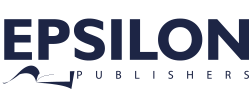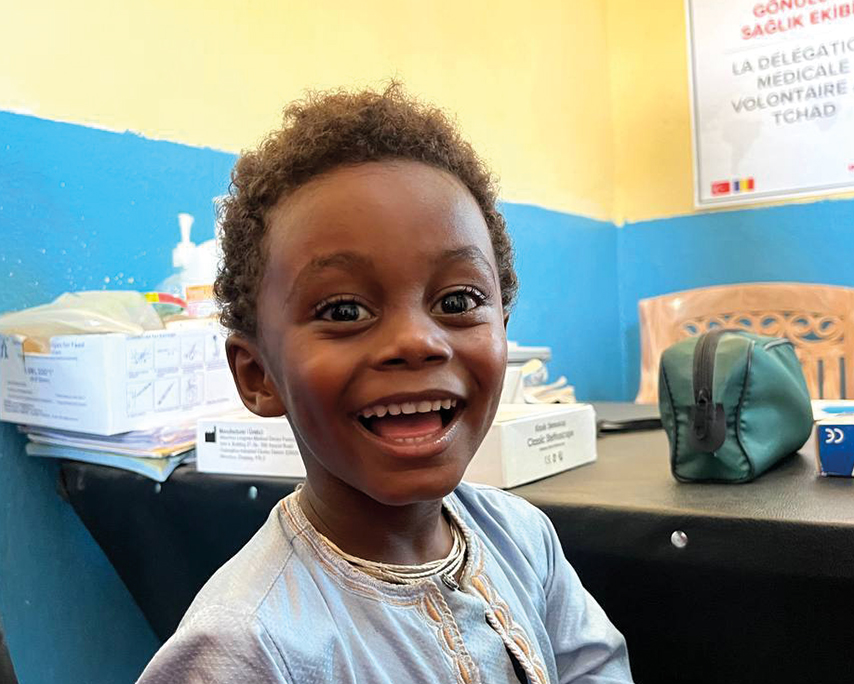Turning health research into tangible change through documentation
Imagine holding a map to a treasure chest, but if you do not follow the path, the treasure will remain out of reach. In its purest form, research is that map, a tool to guide us toward solutions for the world’s biggest health challenges. But without action, without real-world implementation, that map is useless. Research, by itself, is pointless if it does not lead to better treatment, more access to healthcare, or systems that address the root causes of health crises. We need to bridge the gap between knowledge and action, and one powerful way to do that is by documenting real-world experiences.
In the case of disease research, it is great to know that a particular disease affects many people, but what does that knowledge do if it does not lead to solutions? Prevalence studies might tell us how widespread the disease is, but if they do not translate into better access to diagnosis, treatment, or care, all we have done is highlight the problem. This is where health policies need to step in, not just in theory but in practice. Translating those policies into last-mile solutions, making them understandable to healthcare workers and ultimately to patients, is where the real work begins. If policies are too complicated or inaccessible, they cannot change anything on the ground.
Take the example of visual aids or simplified educational programmes. These tools can bridge the gap between healthcare workers and patients, especially in communities with limited formal education. Doctors and health workers can attest to the effectiveness of visual aids, like posters, infographics, and videos, in helping patients understand medical instructions better than words alone. It is these real-world solutions that make health policies work. However, documenting these experiences is just as critical. It is not enough to know what works in theory; we need to share those findings with others.
When local and international organisations document their successful strategies and health initiatives, they create a goldmine of knowledge. These can be through well-researched articles, books, and reports that eventually influence policy decisions, rally support, and mobilise resources for important health causes. Organisations like the World Health Organisation, World Bank and even local non-governmental organisations document their programmes and use this information to raise awareness and advocate for policy change. They use real-world examples to show what is possible and what needs improvement. This is where individuals and organisations must take ownership, documenting and sharing their findings, and contribute to a growing body of knowledge that can drive positive change across communities.
To make that documentation happen requires incentivising individuals and organisations to publish their experiences. Providing grants or funding opportunities for documentation efforts can remove barriers to sharing knowledge. Recognition through awards, prizes, or even public acknowledgement can motivate healthcare professionals and organisations to prioritise this work. Clear, simple language, visual aids, and infographics should be the standard, not the exception. Everyone, especially those with limited education, should be able to understand and act on the information being shared.
Once we document our findings, we must make this accessible to as many people as possible. Publications should come in various formats, whether online articles, books, audio recordings, or videos. They should be available in local languages and cater to different literacy levels. By reaching out in other ways, we ensure that the message does not just stay in the hands of a few but is accessible to all.
We cannot afford to let research and policies sit on shelves while people suffer. Leaders in the health sector need to take responsibility for translating research into practical solutions and documenting those efforts. This is not just a task for academics; it is a mission for everyone involved in healthcare to start documenting, sharing real-world experiences, and ensuring that health policies translate into lasting, tangible change for the people who need it most.



